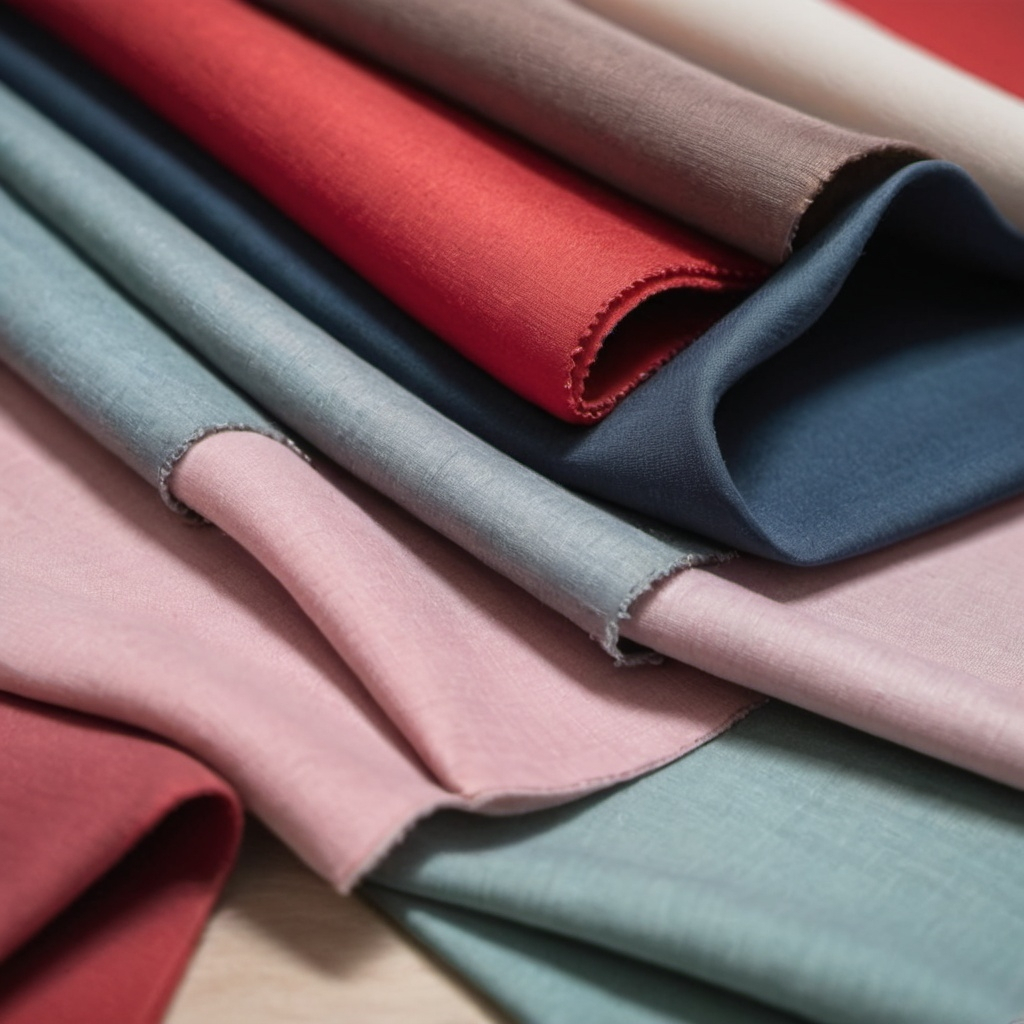Fabric knowledge is fundamental to fashion design. It goes beyond merely choosing materials; it involves understanding how different fabrics affect the drape, fit, and overall aesthetics of a garment. Designers who master fabric knowledge can create innovative, functional, and aesthetically pleasing designs that resonate with consumers. Here’s why fabric knowledge is crucial in fashion design and how it impacts the entire design process.
1. Influences Design and Aesthetics
The choice of fabric can dramatically affect the look and feel of a garment. Each fabric has unique properties, such as texture, weight, and sheen, that influence how a design appears. For instance, a flowing silk fabric will create a different visual effect compared to a structured wool. Understanding these fabric characteristics allows designers to select the right materials to achieve the desired design aesthetic and ensure that the finished garment aligns with their creative vision.
2. Affects Fit and Comfort
Fabric knowledge is essential for ensuring a garment fits well and provides comfort to the wearer. Different fabrics have varying degrees of stretch, drape, and breathability. A fabric with a lot of stretch, like jersey, will fit snugly and move with the body, while a non-stretch fabric, like denim, will have a more rigid fit. By understanding these properties, designers can choose fabrics that enhance the comfort and fit of their designs, ensuring that garments not only look good but also feel good to wear.
3. Determines Functionality and Performance
The functionality of a garment is closely tied to the fabric used. For example, technical fabrics such as moisture-wicking materials are essential for activewear, while insulating fabrics are crucial for outerwear in cold climates. Knowledge of fabric properties, such as moisture absorption, breathability, and durability, allows designers to select appropriate materials for different types of clothing, ensuring that each garment performs well in its intended use and meets the needs of its target audience.
4. Impacts Production and Cost
Fabric choice significantly affects production processes and costs. Some fabrics require special handling, treatments, or finishes, which can influence the overall production cost and time. Additionally, high-quality fabrics may have a higher price point, impacting the final cost of the garment. Understanding fabric characteristics and their implications for production helps designers manage costs effectively and make informed decisions about sourcing and manufacturing.
5. Enables Creative Exploration and Innovation
A deep knowledge of fabrics opens up opportunities for creativity and innovation in fashion design. Designers who are well-versed in fabric properties can experiment with new materials, textures, and techniques to create unique and original designs. This knowledge allows designers to push the boundaries of traditional fashion and explore innovative ways to incorporate fabric into their designs, leading to fresh and exciting collections.
6. Enhances Quality and Durability
The quality and durability of a garment are largely influenced by the fabric used. High-quality fabrics tend to be more durable and retain their appearance and functionality over time. Designers who understand fabric quality can select materials that ensure their garments are long-lasting and maintain their value. This knowledge also helps designers anticipate potential issues such as pilling, fading, or shrinkage, allowing them to choose fabrics that offer better performance and longevity.
7. Supports Sustainable Design Practices
Fabric knowledge is crucial for incorporating sustainable practices into fashion design. Understanding the environmental impact of different fabrics, such as their production processes, resource use, and biodegradability, allows designers to make more informed choices. By selecting eco-friendly materials and sustainable fabric options, designers can reduce their environmental footprint and contribute to the growing movement towards more sustainable fashion practices.
8. Facilitates Collaboration with Suppliers
Effective collaboration with fabric suppliers and manufacturers requires a solid understanding of fabric properties and requirements. Designers who are knowledgeable about fabrics can communicate their needs and specifications more clearly, leading to better outcomes in terms of material quality and production processes. This expertise also helps designers evaluate samples, negotiate terms, and ensure that the fabrics sourced meet their design and performance standards.
9. Enhances Customer Satisfaction
Ultimately, the choice of fabric impacts customer satisfaction. Garments made from high-quality, well-chosen fabrics are more likely to meet customer expectations in terms of comfort, durability, and overall satisfaction. Designers who understand fabric properties and their impact on the final product are better equipped to create garments that resonate with consumers and fulfill their needs, leading to higher customer satisfaction and loyalty.
10. Drives Fashion Trends and Innovation
Fabric innovation often drives fashion trends. New fabric technologies, textures, and finishes can inspire fresh design directions and set new trends in the industry. Designers who stay informed about advancements in fabric technology and emerging materials can lead the way in creating trendsetting designs that capture the zeitgeist and push the boundaries of fashion.
Conclusion
Fabric knowledge is a cornerstone of effective fashion design, influencing everything from aesthetics and fit to functionality and sustainability. By understanding the properties and implications of different fabrics, designers can make informed decisions that enhance their designs, improve production processes, and meet customer expectations. Mastery of fabric knowledge enables designers to explore creative possibilities, drive innovation, and ensure that their garments are both visually appealing and practical. In the ever-evolving world of fashion, a deep understanding of fabrics is essential for achieving success and staying at the forefront of the industry.
